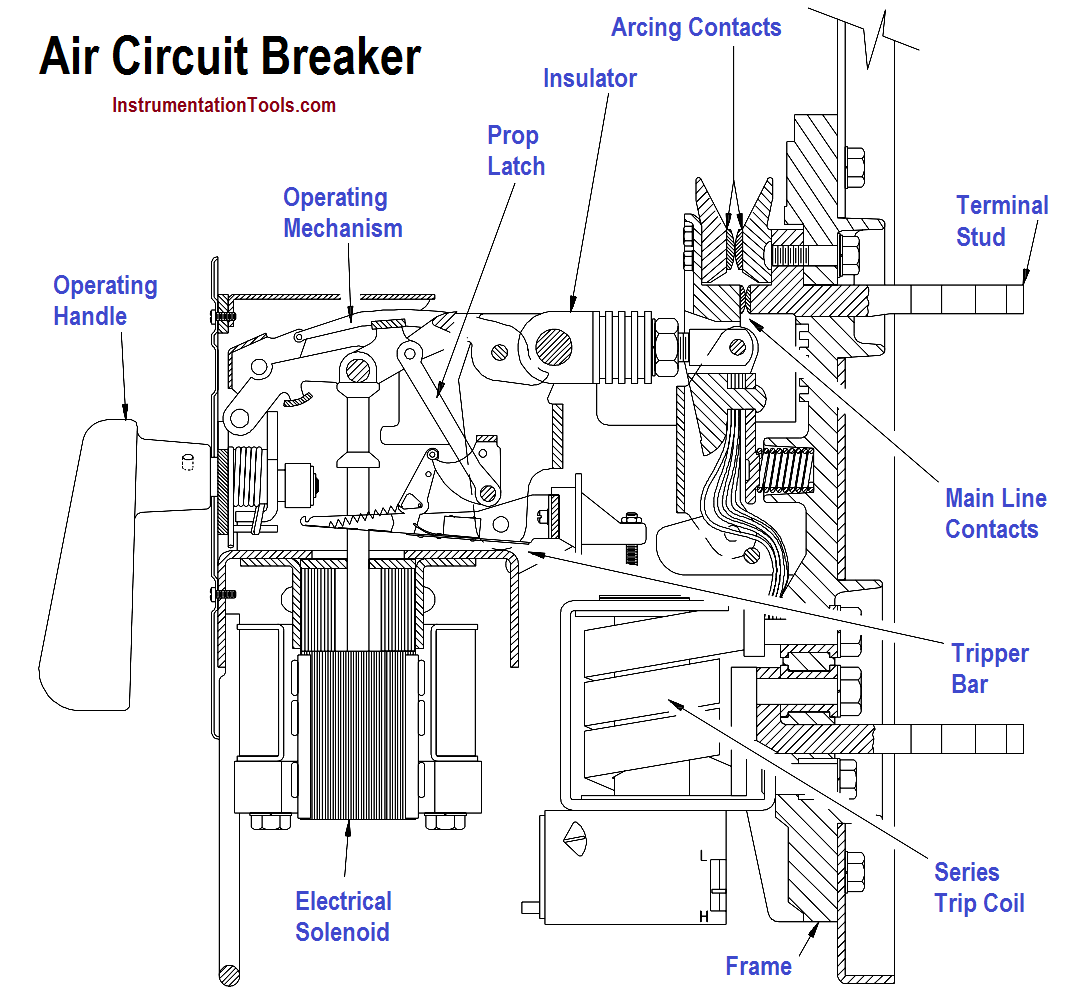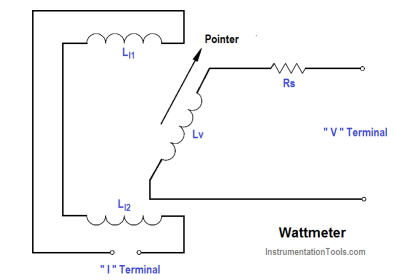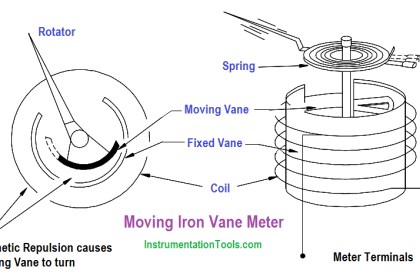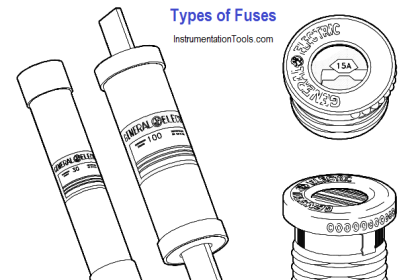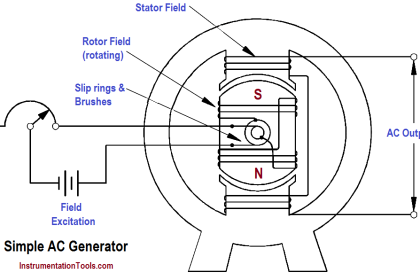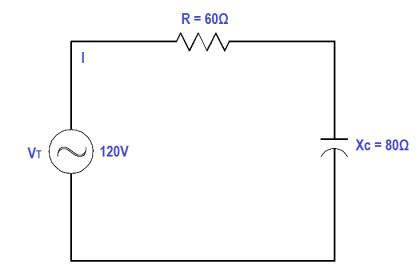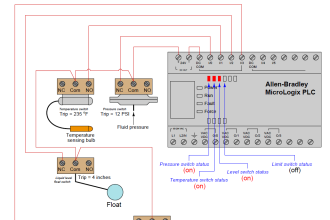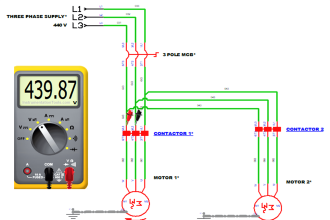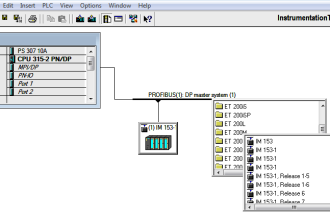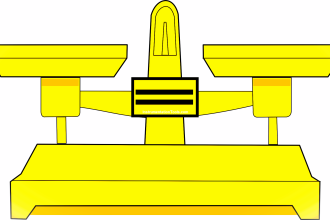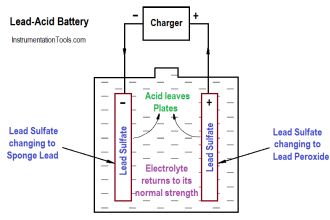High-voltage circuit breakers (including breakers rated at intermediate voltage) are used for service on circuits with voltage ratings higher than 600 volts. Standard voltage ratings for these circuit breakers are from 4,160 to 765,000 volts and three-phase interrupting ratings of 50,000 to 50,000,000 kVA.
In the early stages of electrical system development, the major portion of high-voltage circuit breakers were oil circuit breakers. However, magnetic and compressed-air type air circuit breakers have been developed and are in use today.
The magnetic air circuit breaker is rated up to 750,000 kVA at 13,800 volts. This type of circuit breaker interrupts in air between two separable contacts with the aid of magnetic blowout coils. As the current-carrying contacts separate during a fault condition, the arc is drawn out horizontally and transferred to a set of arcing contacts. Simultaneously, the blowout coil provides a magnetic field to draw the arc upward into the arc chutes. The arc, aided by the blowout coil magnetic field and thermal effects, accelerates upward into the arc chute, where it is elongated and divided into many small segments.
The construction of this type of circuit breaker is similar to that of a large air circuit breaker used for low-voltage applications, except that they are all electrically operated.
Compressed-Air Circuit Breakers or Air-Blast Circuit Breakers
Compressed-air circuit breakers, or air-blast circuit breakers, depend on a stream of compressed air directed toward the separable contacts of the breaker to interrupt the arc formed when the breaker is opened.
Air-blast circuit breakers have recently been developed for use in extra high-voltage applications with standard ratings up to 765,000 volts.
Oil Circuit Breakers (OCB)
Oil circuit breakers (OCBs) are circuit breakers that have their contacts immersed in oil. Current interruption takes place in oil which cools the arc developed and thereby quenches the arc.
The poles of small oil circuit breakers can be placed in one oil tank; however, the large high-voltage circuit breakers have each pole in a separate oil tank.
The oil tanks in oil circuit breakers are normally sealed. The electrical connections between the contacts and external circuits are made through porcelain bushings.
